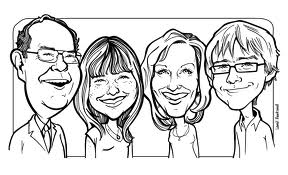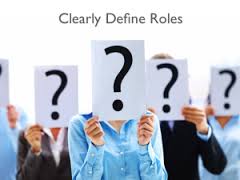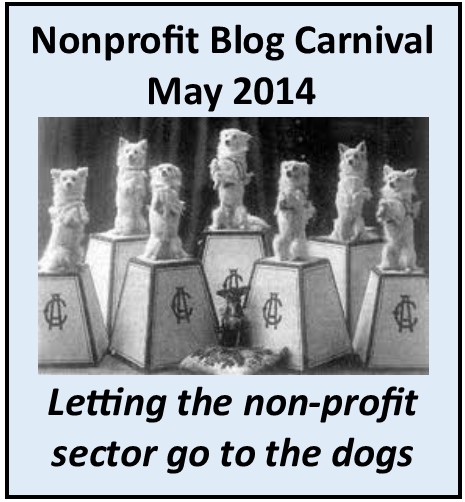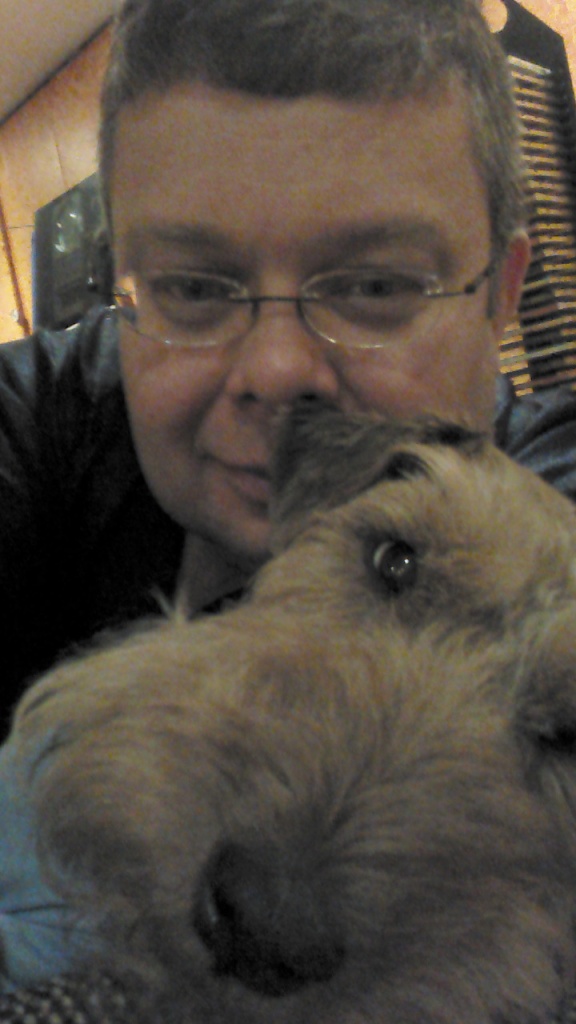Every year for the last 15 years or more, I take the week of the Fourth of July off and head up to an old Boy Scout friend’s cottage in Michigan. Needless to say, blogging gets a little difficult when you’re looking out over Saginaw Bay trying to forget about the world. So, I’ve decided to re-post two older pieces this week pertaining to philanthropy’s roots in the founding of our country.
Enjoy!
Philanthropy and the Fourth of July
Happy Fourth of July everyone!
As with most Americans today, I find myself reflecting back on our country’s history. While doing so, I became curious about how the history of philanthropy is woven into America’s story. After a little bit of googling and thinking, it is very obvious that one of very cornerstones on which we’ve built our country is philanthropy and charity. Consider the following facts:
- In 1628, the Massachusetts Bay Company established the first ever American “board” to manage colonial business.
- In 1630, John Winthrop preaches to Puritans bound for America that it is the obligation of the rich to care for the poor.
- In 1638, John Harvard’s planned gift establishes a major American educational institution.
- Throughout the 1700s, Benjamin Franklin is involved in numerous philanthropic projects including creation of the first circulation library in Philadelphia. He arguably plants the seeds of philanthropy throughout the founding of our country.
The list goes on an on. Click here to see a very interesting chronology of philanthropy published by our friends at the National Philnthropic Trust.
 There is also a great white paper published on the website learningtogive.org that argues that the Declaration of Independence and U.S. Constitution are underpinned by philanthropic principles.
There is also a great white paper published on the website learningtogive.org that argues that the Declaration of Independence and U.S. Constitution are underpinned by philanthropic principles.
First, consider that “philanthropy includes voluntary and active efforts to promote human welfare and well-being.” Look no further than the Constitution’s preamble that charges our new country with many things including providing for the “general welfare”.
Click the aforementioned link to read so much more about how philanthropy is woven throughout the American tapestry.
I encourage you to take a moment this Fourth of July to reflect upon philanthropy’s roots in our American democracy and pay tribute to how it has made us the country we are today.
Happy Fourth of July, everyone!
Here is to your health!
Founder & President, The Healthy Non-Profit LLC
www.thehealthynonprofit.com
erik@thehealthynonprofit.com
http://twitter.com/#!/eanderson847
http://www.facebook.com/eanderson847
http://www.linkedin.com/in/erikanderson847

 Earlier this week, I found myself walking into a title company to interview a donor for a client. As I walked into the office building, I noticed the following things:
Earlier this week, I found myself walking into a title company to interview a donor for a client. As I walked into the office building, I noticed the following things: I walked away from the conversation thinking this was a unique, fun and quirky business practice. I also came to understand that this business practice was a genius idea on so many different levels:
I walked away from the conversation thinking this was a unique, fun and quirky business practice. I also came to understand that this business practice was a genius idea on so many different levels: As I walk down the driveway of an 80-something-year-old donor, he starts sharing a story with me about a skunk that appeared in his very nice and upscale neighborhood.
As I walk down the driveway of an 80-something-year-old donor, he starts sharing a story with me about a skunk that appeared in his very nice and upscale neighborhood. Happy Friday morning, DonorDreams blog readers! I owe you an apology because I missed my mark yesterday and didn’t publish a post. I had good intentions, but my day started fast and snowballed unexpectedly from that point onward. Needless to say, I didn’t even have time to reach into my bag of guest bloggers and share something from them with you. So, I’m going to rectify my Thursday mistake with a Friday morning bonus.
Happy Friday morning, DonorDreams blog readers! I owe you an apology because I missed my mark yesterday and didn’t publish a post. I had good intentions, but my day started fast and snowballed unexpectedly from that point onward. Needless to say, I didn’t even have time to reach into my bag of guest bloggers and share something from them with you. So, I’m going to rectify my Thursday mistake with a Friday morning bonus. I had an interesting chat today with a new client who told me their last grant writer didn’t have any luck using a costly search engine tool for finding new foundations. After a year, they ended the contract on the search engine and now he is no longer with the organization. The moral of this story? Tools don’t make the worker…the worker must really know how to get the most from their tools.
I had an interesting chat today with a new client who told me their last grant writer didn’t have any luck using a costly search engine tool for finding new foundations. After a year, they ended the contract on the search engine and now he is no longer with the organization. The moral of this story? Tools don’t make the worker…the worker must really know how to get the most from their tools. I’ve been doing a lot of “board roles and responsibilities” training sessions in the last year. The curriculum breaks out responsibilities into group obligations and individual duties; however, in both lists there is verbiage such as:
I’ve been doing a lot of “board roles and responsibilities” training sessions in the last year. The curriculum breaks out responsibilities into group obligations and individual duties; however, in both lists there is verbiage such as:
 Every time I hear a donor from a community’s “old guard” lament about no one taking their place and wishing organizations would start recruiting younger, up-and-coming professionals, I can’t help be smile. Why? Because in my experience, it is usually the same crowd who laments that a board of young professionals:
Every time I hear a donor from a community’s “old guard” lament about no one taking their place and wishing organizations would start recruiting younger, up-and-coming professionals, I can’t help be smile. Why? Because in my experience, it is usually the same crowd who laments that a board of young professionals: As many of you know, I am a big fan of
As many of you know, I am a big fan of  Those of you who regularly follow this blog know that every post in May 2014 was dedicated to the idea of how non-profit organizations build loyalty among various stakeholder groups (e.g. donors, board members, staff, volunteers, clients, etc). All of those posts culminated yesterday when DonorDreams blog hosted this month’s
Those of you who regularly follow this blog know that every post in May 2014 was dedicated to the idea of how non-profit organizations build loyalty among various stakeholder groups (e.g. donors, board members, staff, volunteers, clients, etc). All of those posts culminated yesterday when DonorDreams blog hosted this month’s  Enjoy the reading!
Enjoy the reading! Welcome to the May 2014
Welcome to the May 2014  Donor loyalty & fundraising
Donor loyalty & fundraising
 Brand loyalty, marketing & social media
Brand loyalty, marketing & social media At DonorDreams blog, I dedicated the entire month of May to this month’s Nonprofit Blog Carnival theme of loyalty.
At DonorDreams blog, I dedicated the entire month of May to this month’s Nonprofit Blog Carnival theme of loyalty. When I decided to ask local non-profit organizations to use my blog platform to talk about some aspect of building loyalty with a particular stakeholder group, I sent out a ton of email and social media requests to former clients and friends asking them to consent to an interview or send me something in writing.
When I decided to ask local non-profit organizations to use my blog platform to talk about some aspect of building loyalty with a particular stakeholder group, I sent out a ton of email and social media requests to former clients and friends asking them to consent to an interview or send me something in writing.